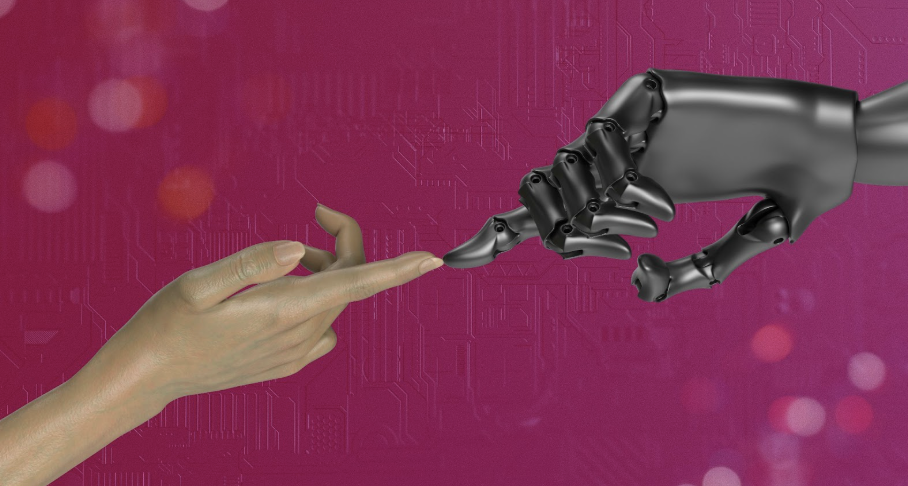Methodology: Mapping AI’s Impact Across the VC Value Chain
This analysis draws from recent VC investment trends, AI tooling adoption across fund operations, startup market behavior, and published reports from leading firms in venture and enterprise AI. We focus on identifying how artificial intelligence influences sourcing, due diligence, portfolio support, and decision-making within venture capital firms, and whether it’s enhancing efficiency or replacing core human functions.
In Brief: What’s Changing?
AI tools are being widely adopted for deal sourcing, screening, and due diligence.
LPs are showing increased interest in VC funds with a defined AI advantage.
New firms are emerging with AI-built investment platforms, offering algorithmically driven portfolios.
Portfolio support is becoming more data-informed, from hiring intelligence to pricing optimization.
The human element of venture capital: relationships, trust, judgment, remains irreplaceable, but it’s being redefined
Rethinking Venture Capital: Why Evolution Isn’t Optional
While venture capital has long been considered a relationship-driven business, it’s also a sector rich in data, startup metrics, founder backgrounds, market dynamics, and exit multiples. As these datasets grow, VCs are increasingly turning to AI-powered platforms to extract insight, surface opportunities, and reduce operational burden.
Tools like Affinity, PitchBook’s AI modules, and custom GPT-based systems are now used to automate initial sourcing and provide predictive scoring on potential investments. Some firms, like SignalFire and Zetta, have fully integrated AI into their scouting stack.
“What used to take weeks of founder outreach and CRM updates can now be done in hours,” says one GP at a data-native early-stage fund.
AI-Driven Deal Flow: Filtering Noise with Signal
One of AI’s most impactful applications has been in the triage of inbound deal flow. Firms now deploy models that rank incoming decks and emails based on historic performance patterns, investment thesis fit, and keyword matching.
Some early-stage firms are even experimenting with LLM-powered memo generation, allowing analysts to summarize founder calls and create investment memos in minutes rather than days.
However, this is not about removing human insight; it's about freeing teams to focus on founder evaluation, industry diligence, and partnership building.
Due Diligence Gets Smarter and Faster
Diligence used to be slow, expensive, and heavily manual. With AI, venture teams now automate:
Market sizing analysis
Competitor landscape mapping
Sentiment tracking across social/web
Technical benchmarking using code or API audits
Firms like a16z and FirstMark have invested in internal tools that run structured diligence pipelines, combining data scraping with analyst review. AI makes the process leaner without compromising depth.
Still, human interpretation, especially for early-stage, pre-revenue bets, remains essential.
AI at the Portfolio Level: Coaching and Insight at Scale
Beyond the investment decision, AI is reshaping how firms support their startups. From hiring intelligence (e.g,. identifying likely candidate attrition) to churn risk detection and customer segmentation, venture teams are leveraging platforms to give founders smarter feedback, faster.
Portfolio dashboards with embedded AI modules offer near real-time insights, transforming GPs into strategic advisors supported by robust tooling.
Some emerging fund models even offer “productized venture support”, giving founders access to plug-and-play AI toolkits as a default benefit of the partnership.
What AI Won’t Replace
For all its analytical power, AI has limitations. Venture remains a trust business. Relationship building, founder empathy, and strategic thinking still matter deeply, particularly at the earliest stages, where conviction often precedes data.
The winning firms in this new landscape won’t be the ones that replace people with bots, but those that use AI to scale what humans do best: pattern recognition, intuition, and judgment.
Final Thought: AI Is Reshaping Venture Quietly and Permanently
AI is not replacing venture capital but it is changing the pace, process, and precision with which it’s practiced. Firms embracing this shift are seeing faster cycles, smarter insights, and a competitive edge in both sourcing and portfolio management. Those resisting risk falling behind not because they can’t find deals, but because they’re spending time where AI can already add value. The future of VC isn’t fully automated. It’s augmented and the transformation is already well underway.












